Why the Aravalli Forest Range is the Most Degraded Zone in India
The laws to protect North India's Aravalli Range from illegal mining and construction will remain ineffective, unless ordinary people come together to take action.
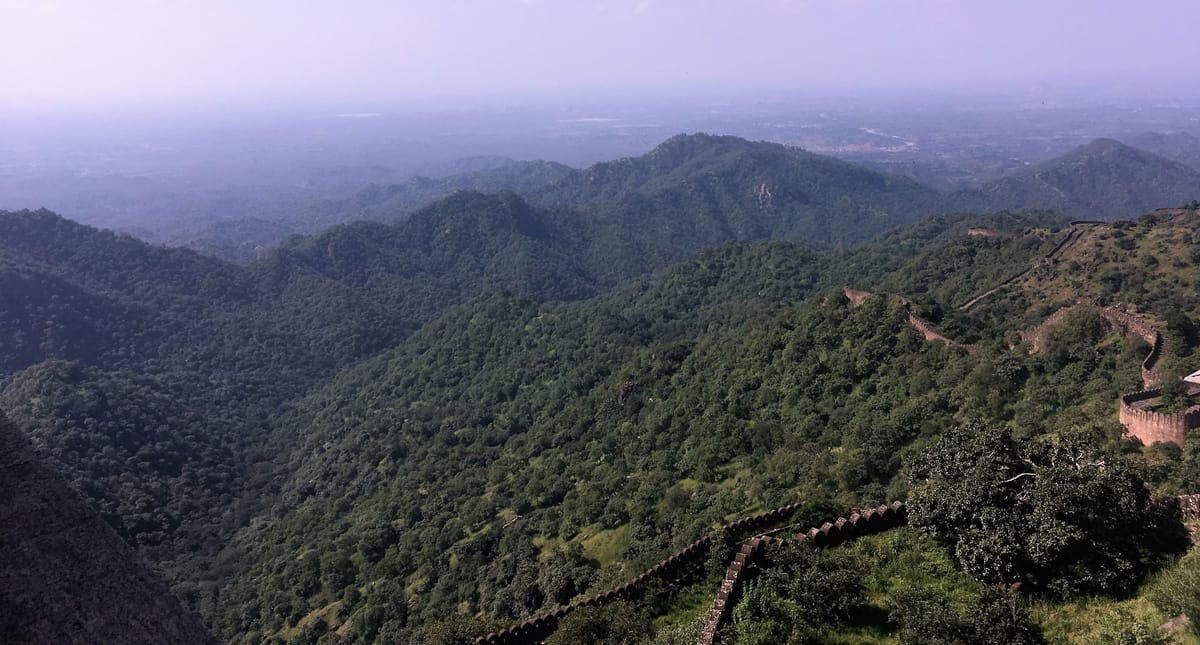
Twelve years ago, we drove on the deserted road between Gurgaon (now called Gurugram) and Faridabad, after our night shift at work. We had no idea that an expansive, ancient mountain range and protected forest area existed right behind our workplace. That is the Aravalli Range in the National Capital Region (NCR), one of the oldest geological formations in India that extends from its south-west reaches in Gujarat, through Rajasthan, to its northeast corner in Delhi and Haryana.
"You can see natural drainage lines back then (1973). When I compared it with our data today, those are missing between Delhi and Gurugram, and are inhabited instead."
Just like us, far too many people living in the Indian capital had and still have no idea of the beauty and the long-suffering history of the Aravalli forest range. In May 2017, the Wildlife Institute of India (WII) conducted a survey in 52 sites in the Aravalli range. The report concluded that “the occupancy estimates are higher in the areas where the habitat covariates such as shrub cover and tree cover are highest. Forest cover in the study area is very low and only exists in the form of two categories i.e. Open Forest and Scrub.” The study also reveals that the highways built over wildlife habitats have adversely impacted the fauna in these forests. It cites numerous examples of public intolerance towards wildlife, which only appears to be getting worse. The full report can be downloaded here.
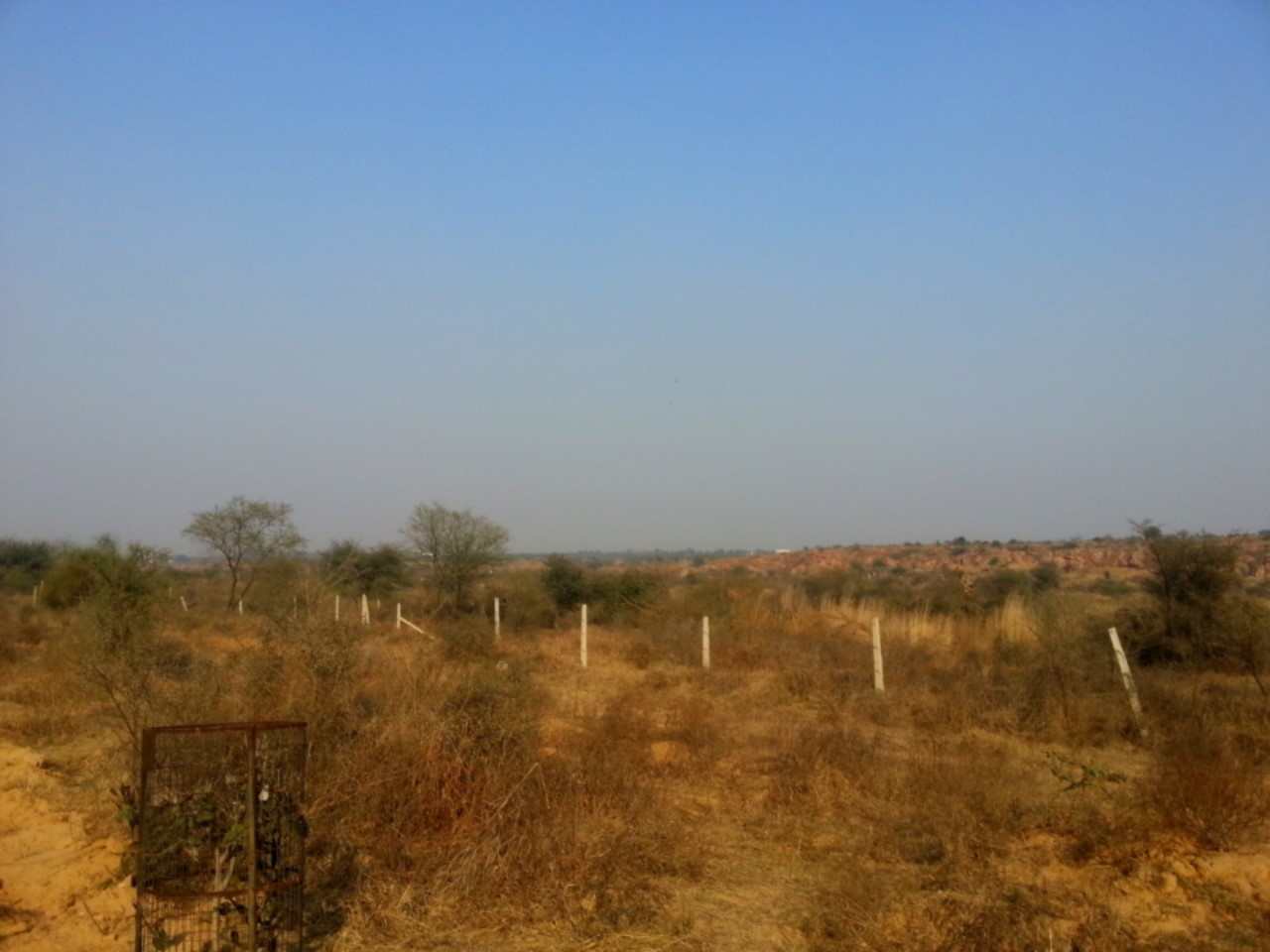
For way too long, the Aravallis have faced issues ranging from illegal mining activities and construction to deforestation and depleting groundwater recharge zones - not to mention incidents of leopards being lynched by humans. Resource exploitation, land-grabbing and conscienceless money-making have received an undeserving preference over ecological sustainability.
“I looked at the data recorded in 1973 by American satellites, which were opened for public use for 30 years. You can see natural drainage lines back then. When I compared it with our data today, those are missing between Delhi and Gurugram, and are inhabited instead,” said an anonymous source in a conservation role within the region, when contacted by The Outdoor Journal for an interview.
"There is no doubt that at the end of the day, the State of Haryana comes out in very poor light and must be held accountable."
Since the mining ban in 2008, the media coverage began focusing on the environmental issues in the Aravallis. However, given the severe air pollution and water scarcity affecting Delhi's population since last year, the media, environmentalists and the Supreme Court are now trying to take serious action to spread awareness and enforce laws. Since 2009, the following series of selected news articles show consistently the same problems:
2009: Supreme Court Bans Mining in Aravalli Hills | Despite Ban, Illegal Mining Still On
2010: Rise in Faridabad Water Level After Mining Ban
2012: 8 Peacocks Die of Heat Stroke in Aravalli Hills | 137 Water Bodies Have Dried Up in Gurgaon |
2012: The Aravalli Policy Lesson: Aravalli’s Real Problem May Not Be Miners but a Real Estate Boom
2013: Aravalli Hills Gobbled Up By Land Developers | How Village Common Property Along the Aravallis is Grabbed
2014:No End to Mining in Aravallis SC to Prosecute Haryana Officials
2015: Government Inaction Killing People Depleting Tree Cover Amicus to HC
2016: Aravalli Illegal Mining: 14 FIRs in 19 Months
2017: Save Aravalli to Save Wildlife
2018: Rajasthan Haryana Get Notice Over Deforestation | This is What Is Left of a Forest
2018: SC Orders Demolition of Buildings in Faridabad’s Kant Enclave | Damage to Aravallis Scary
2018: Haryanas Move to Exclude Parts of Aravalli Pays Little Heed to Ecology and Climate Resilience
"The damage caused to the Aravalli hills is irreversible."
It’s important to arm oneself with the understanding of just how much damage has been done, and to what extent the state has been responsible for it. As a starting point, this history of violations goes on to show the urgent need for community awareness and action, if anything is to be saved of the forest range.
The latest SC judgment ordering the demolition of Kant Enclave is proof that laws alone have not been and will not be sufficient going forward. One crucial difference in this judgment, as opposed to the previous ones, is that it lays down the entire legal history of the forest area. It chronicles how the laws were put in place and amended, and the court’s failed attempt to balance mining and local employment by requiring sustainable development. The bench clarifies and elaborates on the term “forest” and clearly indicates the blatant misconduct of colonisers and Haryana state government.
A long history of noncompliance
Since 1980, laws have been put in place, and reiterated by the Supreme Court, and consistently broken by individuals and the state. According to Times of India, more than 565 violations have taken place in the last 23 years in the Aravalli notification areas and 200 of them are still pending. In 2004, a court order read, “In the early part of this century, the Aravallis were well wooded. There were dense forests with waterfalls and one could encounter a large number of wild animals. Today, the changes in the environment at Aravalli are severe.”
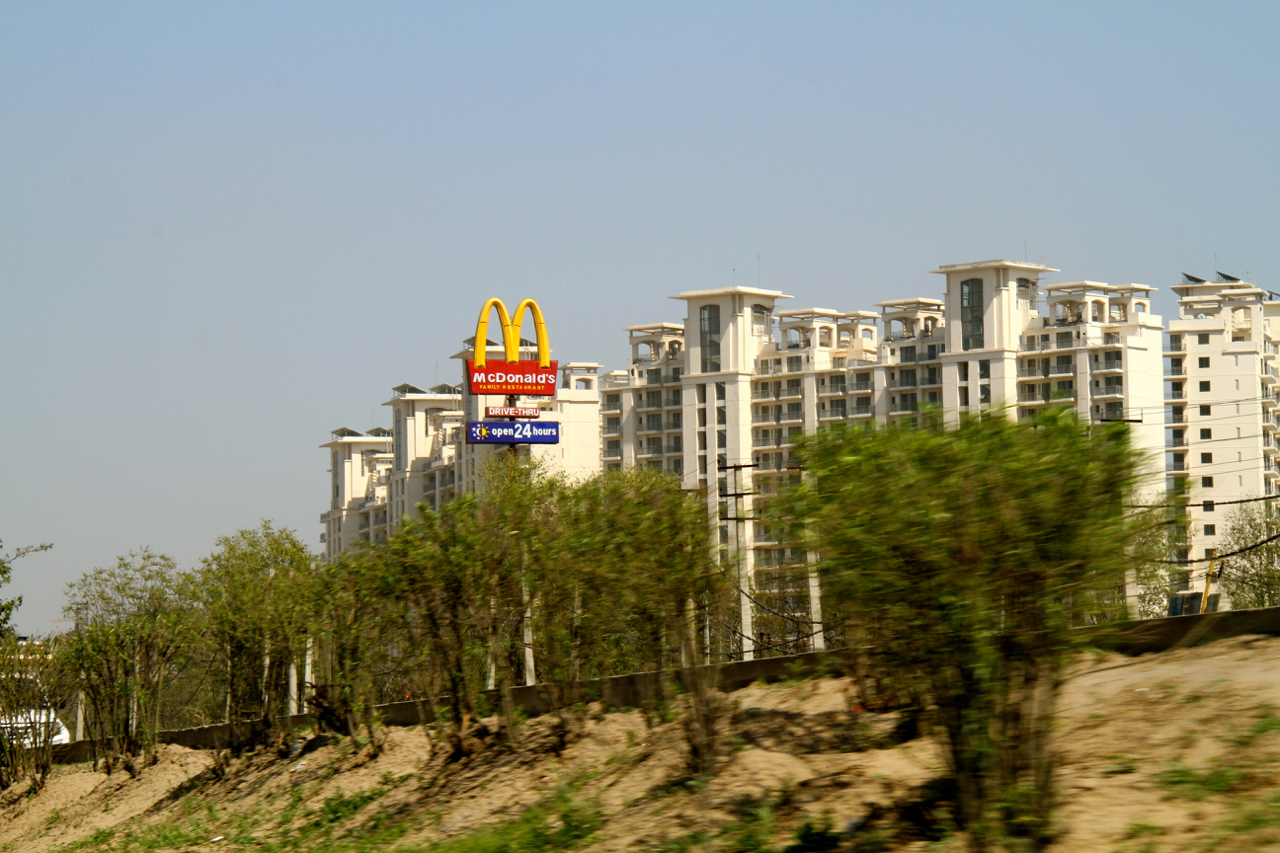
In the 2018 judgment, the Supreme Court openly confirmed that the state has been instrumental in enabling violations. The bench stated that “there is no doubt that at the end of the day, the State of Haryana comes out in very poor light and must be held accountable for its conflicting and self-destructive stand taken in spite of affidavits filed by the Chief Secretary of the State of Haryana from time to time supporting the Forest Department.”
The Court blames the Town and Country Planning Department for illegally granting an exemption to Kant & Co for constructing a residential complex of about 424.84 acres in the forest range. The company and the Planning Department were required to submit plans to seek approval, which they conveniently ignored. The bench expressed deep regret towards their role in deliberate ecological degradation and complete disregard for law compliance.
"The rule of law seems to have broken down in Haryana and become the rule of men only to favor the applicants."
“The unfortunate and distressing consequence of this is that because of a complete lack of any concern for the environmental and ecological degradation carried out in the Aravalli hills by influential colonizers like the applicant and what appears to be a very strong mining lobby in Haryana, the damage caused to the Aravalli hills is irreversible. The rule of law seems to have broken down in Haryana and become the rule of men only to favor the applicants.”
By itself, the law has been ineffective
The irony in this entire situation is that the Aravalli Range has degraded exponentially since the laws were put in place in 1980. Hindustan Times published the results of a study that used remote sensing to analyse the forest cover in Haryana. The report indicates a significant decrease in the green cover between 1980 and 2016.
"Any area regarded as a forest in government records, irrespective of ownership, would be a forest."
Those motivated by self-interest and financial gains have found loopholes that work in their favour and they continue to buy more time as court proceedings develop. Compressing the history of 35 years is not an easy task. But let’s review the shortened summary in the case of Kant & Co, for example. The following chronology is listed in detail in the recent SC Court Judgement dated Sept. 11, 2018.
1984: Town and Country planning department of Haryana grants exemption to Kant & Co based on an Act that was established in 1975, with some terms and conditions pertaining to availability of potable water for the residents in the next 25 years.
1992: The state withdraws exemption and issues a show notice. The company contests, and after the hearing, imposes more terms and conditions. The show notice drops, and the company continues construction.
1992: The government lays down rules under the provisions of Punjab Land Prevention Act ("PLP Act") to prevent further environmental degradation in the Aravalli Range and declares the range as a protected area. Among other restrictions, the court prohibits any breaking of land in the region, which includes the land owned by Kant & Co.
As you see, there is a conflict of interest between the two events that took place in 1992.
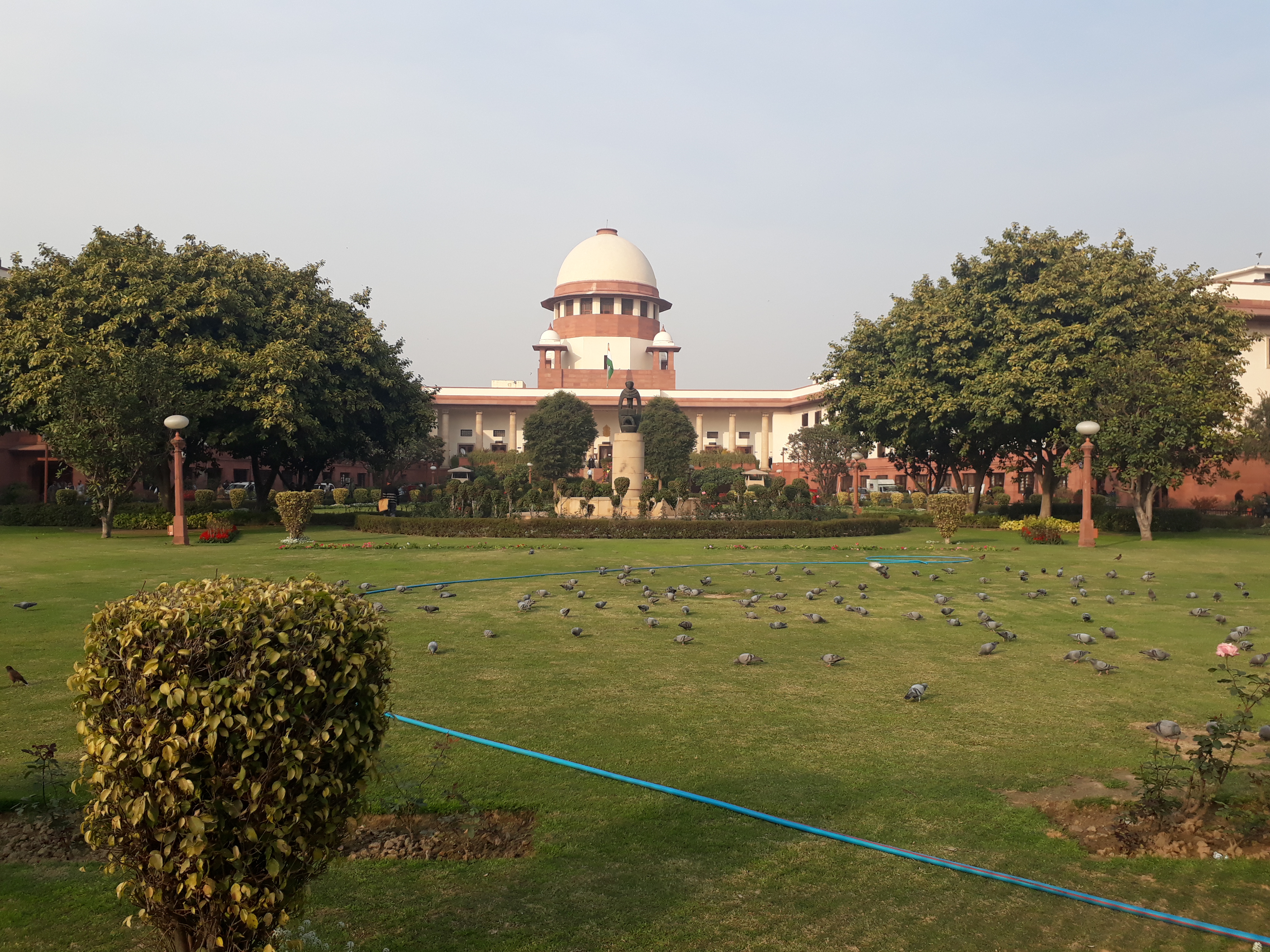
1996: The Forest Department realises contradiction, investigates further, issues letters for de-notification. Nothing happens and the Forest Conservator sends a letter to the company to continue the project as planned.
1996: The Supreme Court restricts mining activities within 2 km radius of Badkal Lake, and Surajkund, and construction activity of any type within 5 km radius of both areas. The studio complex of Kant & Co happens to be within the restricted zone. The company files a review petition.
"The Town & Country Planning Department was very much in favor of the applicant colonizing its land."
1997: The Governor of Haryana submits affidavits declaring forest areas in Haryana, and the court clarifies the term “forest.” It reiterates that “any area regarded as a forest in government records, irrespective of ownership, would be a forest.” It is found that the “the State of Haryana, besides having filed affidavits in the forest matters treating such areas as forest for the purposes of the FC Act has been seeking prior approval from the Central Government for diversion of such land for non-forestry purpose.”
Here, the Government issued affidavits to the court and submitted incorrectly marked closed areas to the Central Government.
1997: The court reviews application, and again doesn’t allow further construction. It lays terms and conditions for construction that was approved prior to 1996 and is under progress. The bench asks Kant & Co to submit, not implement, plans for future construction.
1998: The Company files another review with some maps and altered plans, and the court lays down terms and conditions.
1999: Director of Town and Country Planning writes a letter to the Financial Commissioner, authorising and permitting the activities of Kant & Co, without referring to the PLP Act.
"The main problem is that violations become the norm."
2002: Court discovers that the state of Haryana had been showing the land as closed, and not forest, in its records, and sought permission by the central government to conduct non-forestry activities on that basis. The court clarifies and declines the state to take a somersault and permit illegal activities.
2008: Based on the maps submitted by a monitoring committee, it appears that laws were being violated and Kant & Co is one of the colonisers.
Surprise, surprise.
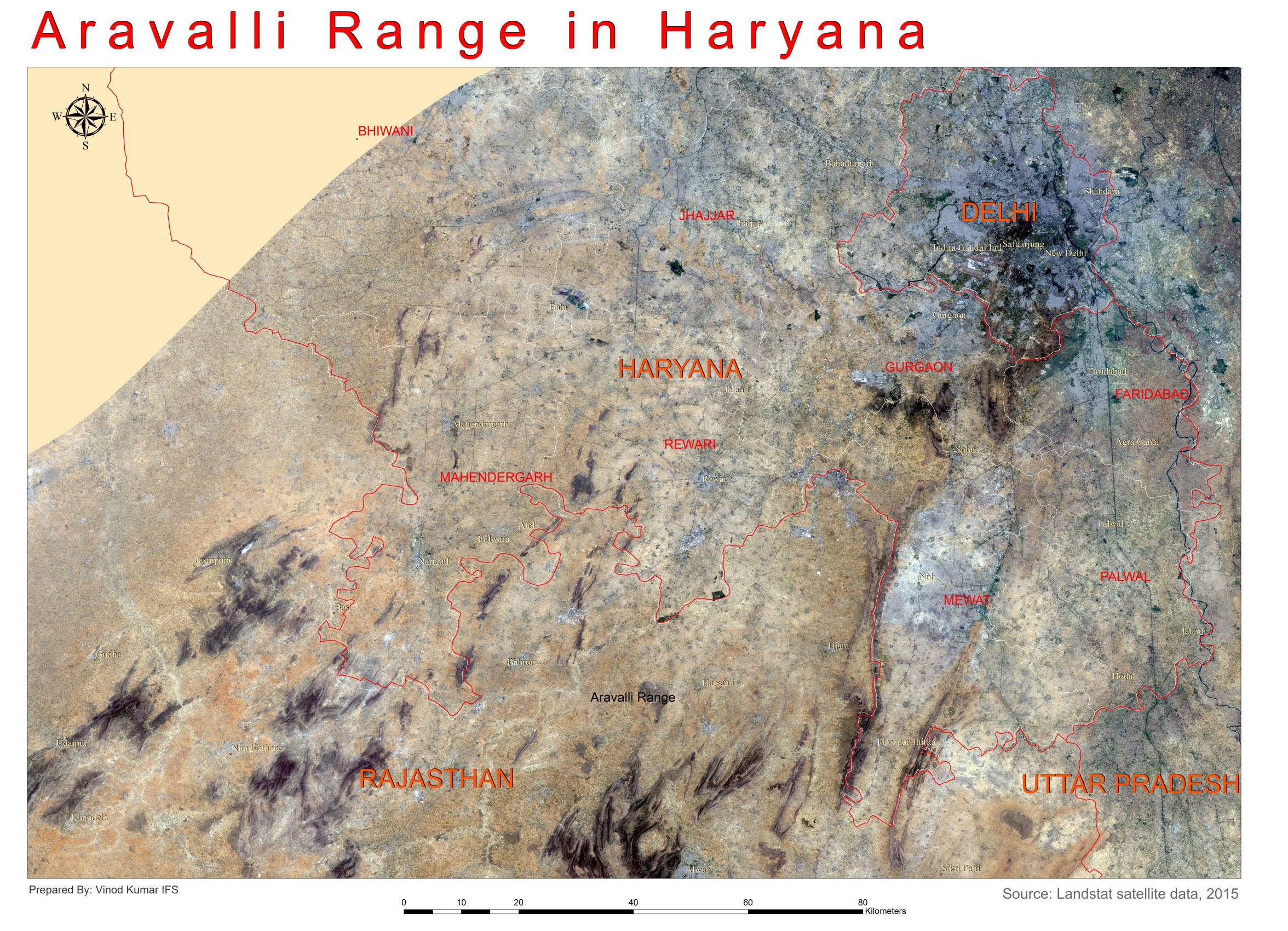
2009 & 2010: Company and the state file a series of reviews and affidavits, after demolition was proposed by the Central Empowered Committee (CEC), a body set up to ensure court compliance. Reference is made to Sandhu’s case to contest the court’s decision. Meanwhile, the construction continues.
2018: Upon request from the court, the company submits details of their construction activities. The court denounces the state for openly breaking law and order on several occasions, and imposes a fine of 5 crore (approx. US $ 687,500), both on Kant & Co and the Town and Country Planning department. It asks for complete demolition of the enclave before December 2018, and directs the company to fully reimburse those who invested in the property.
The court stated, “This sequence of events clearly indicates that the Town & Country Planning Department was very much in favor of the applicant colonizing its land and making constructions therein on the basis of select administrative orders. It was quite prepared to, and did ignore orders passed by this Court from time to time and also ignored the notification of 18th August, 1992 issued under the provisions of the PLP Act.
Impact of the Recent Judgment
"In our day, a farmer killed a British man for killing a peacock in the village."
Just reading the history of this case is exhausting; one can only imagine being involved in it. It will be interesting to see what comes out of this particular court order, and whether it’s followed in its entirety. Curiously, the Town and Country Planning Committee met on September 15, three days after the SC judgment, to decide whether certain groundwater recharge zones in the forest area are to be excluded from the Natural Conservation Zones (NCZ). This decision will impact the construction plans of Bharti Real Estate, and so far, the state has claimed that the said areas do not come under NCZ. If decided in favour of the real estate company, this will be yet another instance of buying more time and blatantly ignoring the law.
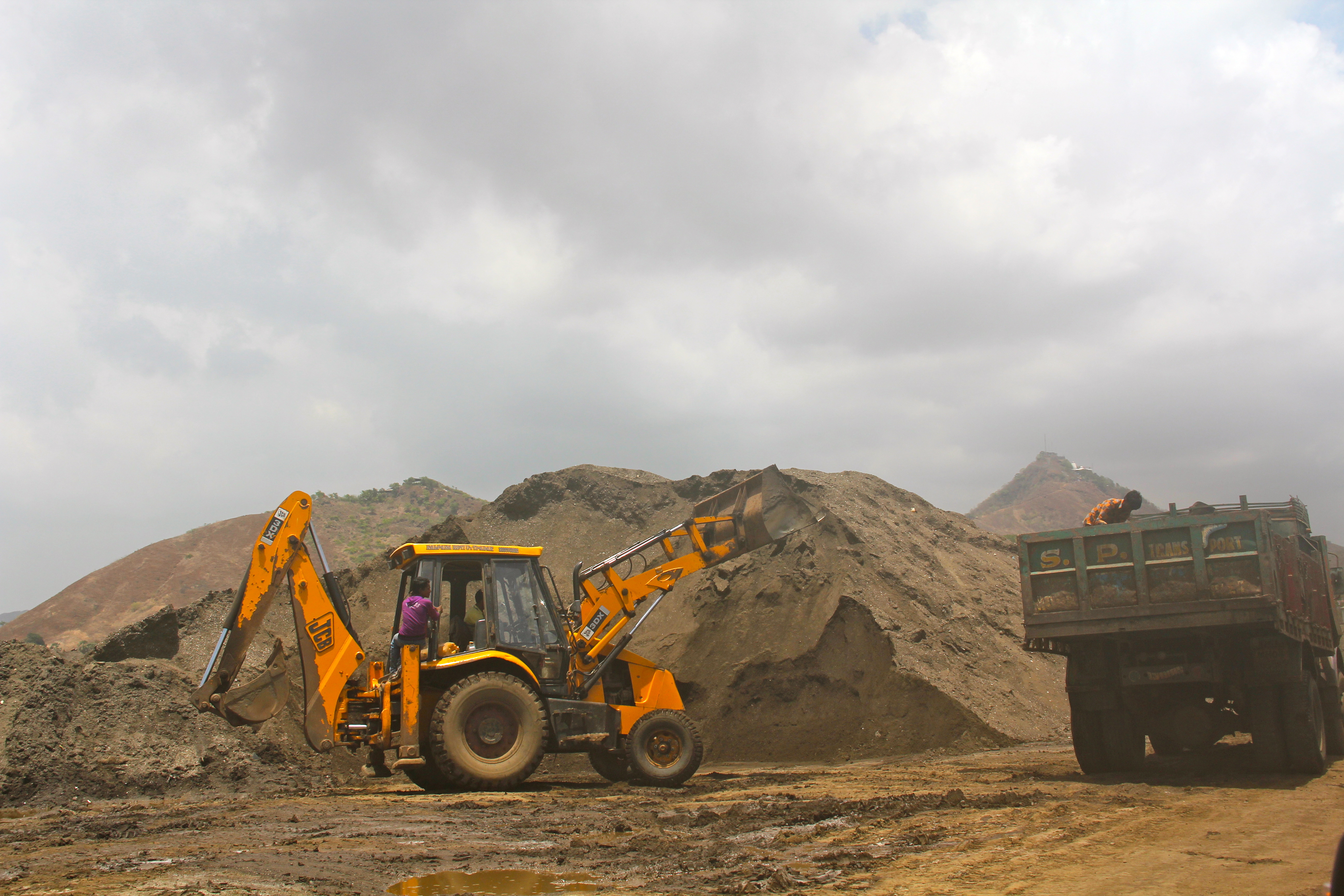
Chetan Aggrawal, an independent environmentalist who has followed the case closely, considers this recent judgment to be significant. He is hopeful because it finally orders demolition, openly states the corrupt involvement of the government, and reconfirms what is to be considered a forest area. But while commenting on the matter, he raised an important observation about norms that is worth noting.
240 villages in the Aravalli Range in Haryana abandoned agriculture in favor of mining in 1990s.
“Someone has said it in black and white, what everyone in Haryana knows. The main problem is that violations become the norm. They say that ‘if it’s happening, then what can I do?’ If you’re in the Government, there can be repercussions in the sense that you get a bad posting, someone will screw up your ACR. That has happened in the Forest Department. People who are outside the government don’t have those constraints.”
However, people outside the government have other problems to worry about, which give way to new norms. Hindustan Times reported that 240 villages in the Aravalli Range in Haryana abandoned agriculture in favor of mining in 1990s. In another instance, villagers who protested against illegal mining got troubled by the cops in Rajasthan.
The result is ecological imbalance, which affects humans and wildlife in Delhi and NCR. The capital faces severe air pollution. Leopards meander in villages in search of water, and end up getting killed. The hydrological system in Gurgaon and adjacent areas is under threat, with altered natural draining patterns.
With collective action, there may be some hope
"Laws can be put in place, but they will make little difference unless people change their attitude."
The point of the story is this: laws are not enough. The earlier generation peacefully co-existed with nature, the current generation messed it up, and only the future generation can fix it. Grandparents are still alive, and children are growing. The responsibility lies in the hands of young adults and parents, who need to take collective action so that their later years are not spent in water scarcity and heat waves. Everyone needs to do their part to create new ecological norms, and outnumber the indifferent colonisers and corrupt officials.
Role of the Forest Department
In the judgment, the Supreme Court shows the forest department in a positive light, which is a good sign. It means that those who signed up to become forest officers are doing their part, even if they are under-staffed. An anonymous source working in conservation role within the region, shared that he has only five people in his department.
"Since the mining stopped, you could see those areas becoming greener."
In the report published by WII, 31 leopards, 166 jackals and 126 hyenas were found, besides several other wild species in five NCR districts of Gurugram, Faridabad, Mewat, Rewari and Mahendragarh. For this first study on ecological information in the Aravalli Range, the institute conducted camera trappings, sign surveys, and line transects. Once the results were published, the forest officials took measures to use technology for intensive surveillance.

“Since the mining stopped, you could see those areas becoming greener. Now, we have started regular drone mapping and using other tools of geographic information systems to study leopard behavior, and identify water holes. We keep filling them, so that they don’t have to visit the villages,” the source said.
In the recent judgment, the Supreme Court imposed fines on the colonisers, which will be given to the Aravalli Rehabilitation Fund. It is supposed to be invested in conservation and technology for better surveillance and practices. Armed with accurate knowledge derived from research and technology, the forest department will be in a better position to take necessary measures.
Role of the Community
"We used to save trees where they existed and built homes where there were trees."
A resident of Manesar in Haryana, Ram Awatar is a 72-year old farmer who spent his last 30 years fighting for the protection of Aravalli Forests. In his lifetime, he claims that the economy was doing well after the British left because the villages coexisted with nature. The farmer grew his own seed, the trees were only cut for fire and birds and animals were part of daily life, fed regularly. Awatar feels that laws may not have clearly existed at the time, but no one degraded the environment either. It was common knowledge to live as one with nature. That way of life extended to the entire community. Today, he says, people regard making money as progress, and do not indulge in living life. This is why they are least concerned about the environment.
“We had this old saying that 10 wells are equal to 1 step well, 10 step wells are equal to 1 lake, 10 lakes are equal to one child, and ten children are equal to one tree. This is how we were raised, regarding trees as most important. We used to save trees where they existed and built homes where there were trees. Today, the environmentalists and intellectuals are fighting for the protection of Aravallis, but have they ever planted a tree or seen a sunrise? In our day, a farmer killed a British man for killing a peacock in the village. Now, I’m not sure if that would happen. Laws can be put in place, but they will make little difference unless people change their attitude.”
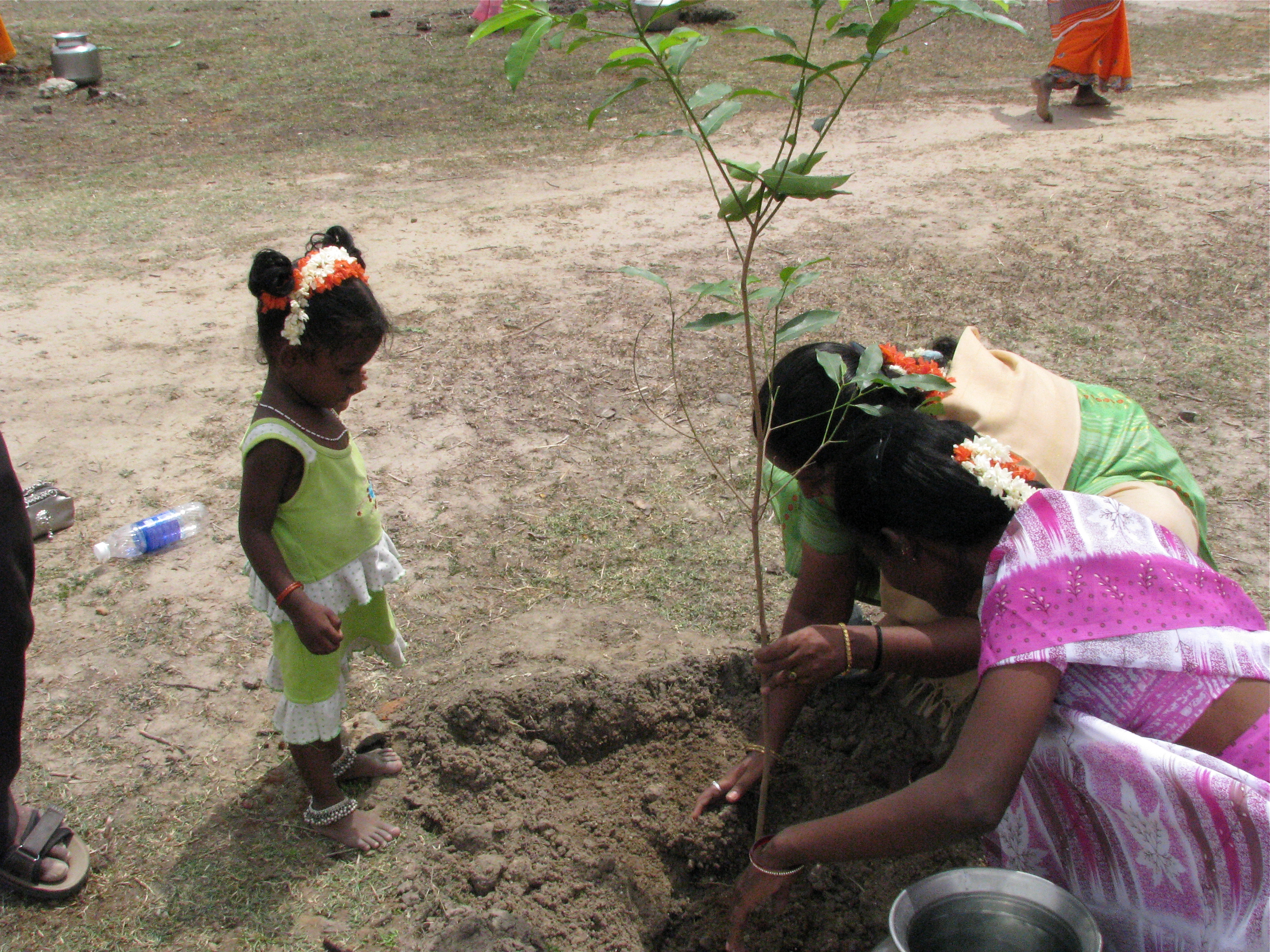
Ram has a point. In 2017, a study published in Lancet Journal showed that Indians have gained a decade of life expectancy since 1990. It also stated major inequalities between states, and found that “lower respiratory infections and diarrhoeal diseases were the 3rd and 4th leading causes of health loss in 2016.” It is scary to imagine a future where we live longer, but suffer everyday due to ill health. But perhaps, we can act differently to at least imagine a better future. Collective action may be the only weapon left to restore, if not preserve, the natural environment.
Even Mohit Oberoi, "Mo" Oberoi, author of the Delhi rock climbing guidebook, remembers stories from his early days in Dhauj, Haryana. Back in the 1970s, his climbing mates fought voiced against mining. “One day, Chambers and the Peg & Piton members decided to take on the big wigs in the Haryana government. They witnessed the mining that was going on which was destroying the hills at Dhauj. All that blasting. So they talked to the Chief Secretary in Haryana who sent a telegram to the Faridabad District Collector, instructing that all mining activities should immediately be stopped. So it became a protected area,” remarked Mo, in an interview with the Outdoor Journal.
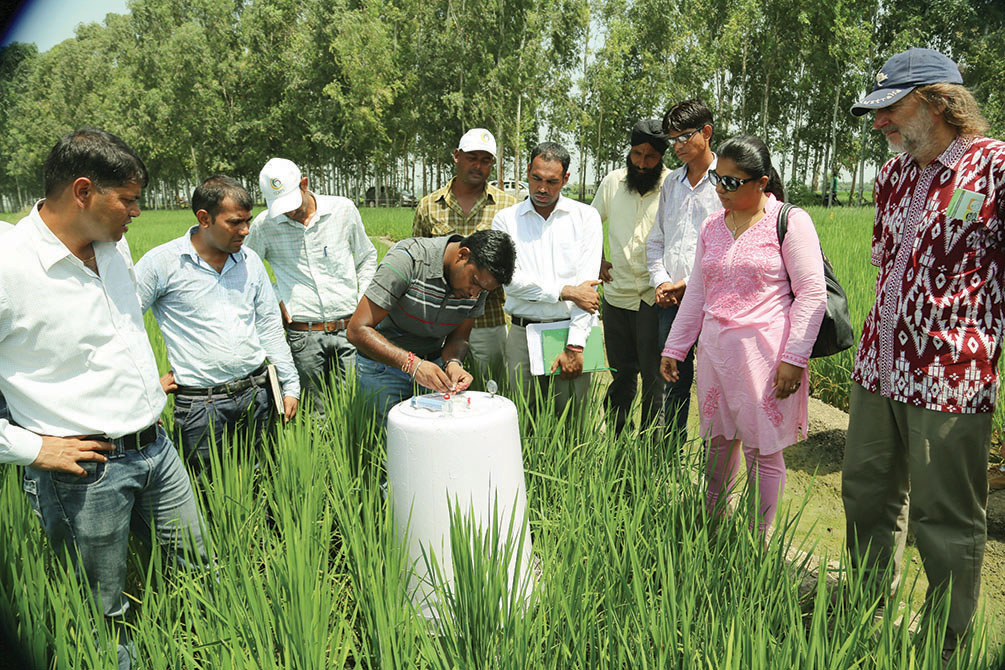
Enough said. The case of the Aravalli Range poses an opportunity for schools, companies, and households. Experiential learning is important for school children, and perhaps increasing collaborations with the forest department to conduct regular tree plantation drives and clean-up efforts would help. Just this year, nature lovers and local village kids joined hands to clean the pristine lake at Asola Bhatti Sanctuary, near Delhi, without any Government or NGO campaign intervention.
Instead of taking employees out to retreats where they go hiking and end up throwing garbage in nature, corporate companies can organise sustainability weekends where adults can contribute towards soil enrichment. Every household can make it a point to have indoor or outdoor plants in their homes. Environmentalists and conservationists can solve problems at the village level, educating and learning from farmers about sustainable agricultural practices.
NGOs can tend to those who resorted to the mining sector for employment, and see if their children can be educated to work in another sector. Lastly, when laws are visibly broken, standing up and fighting collectively in large numbers may be more effective. Perhaps, protest cells can be strengthened to act when laws are broken. Forums and workshops can be organised, both within the community and on the web, to share knowledge, address problems, and exchange solutions.
Now that the stakes are so high and severe consequences can no longer be ignored, it’s time that the common persons in Delhi and NCR rise up to the challenge of ecological conservation.





Comments ()